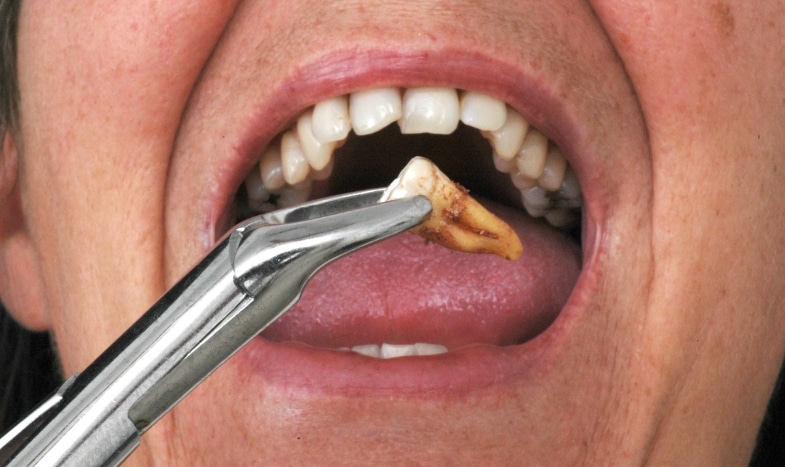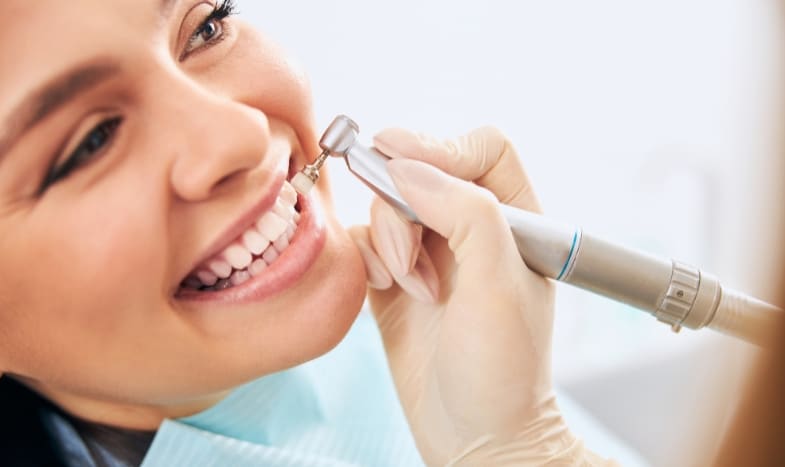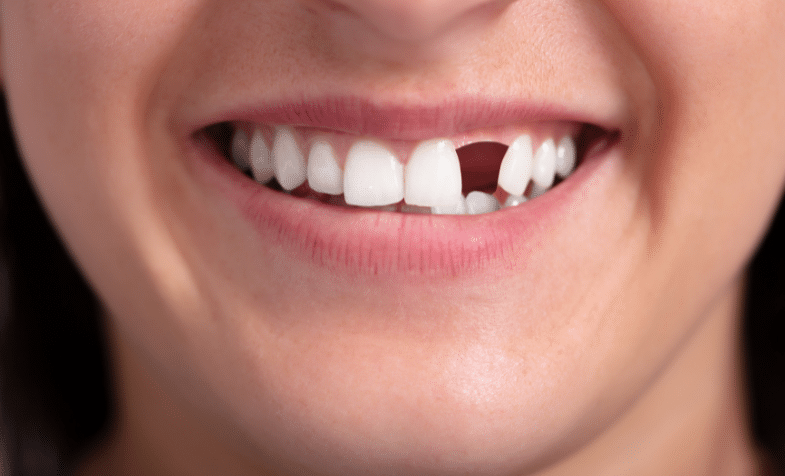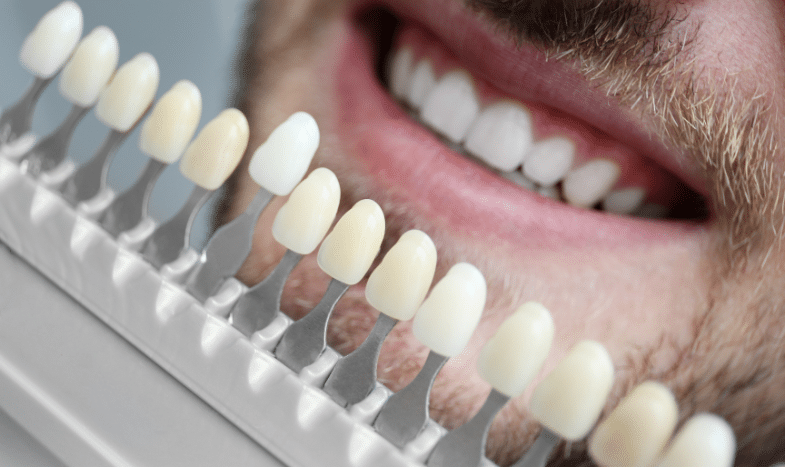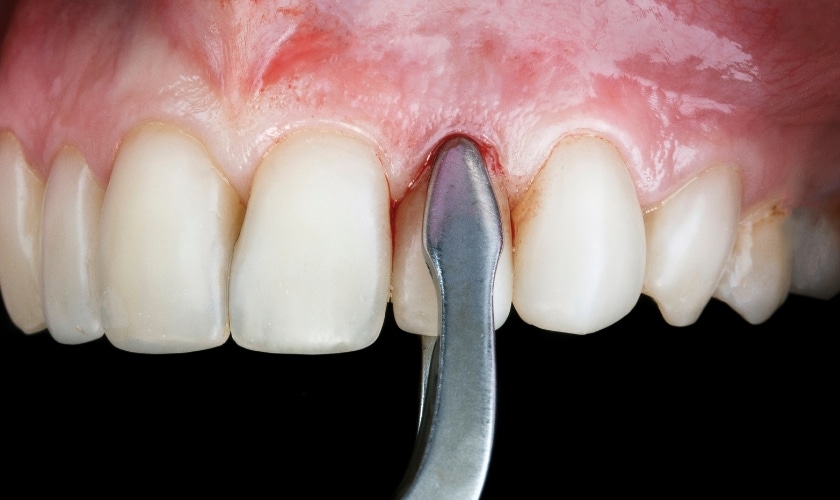
When To Stop Using Gauze After Tooth Extraction
Tooth extraction, while a standard procedure, can be slightly daunting. Aside from the potential discomfort during the procedure, the recovery process also comes with its own set of questions and concerns. One question that frequently pops up in the minds of patients is: when should I stop using gauze after tooth extraction?
This blog post, brought to you by Inland Choice Dental, aims to be your one-stop guide for navigating this specific aspect of tooth extraction recovery. We’ll delve into the importance of gauze, delve into the crucial question of usage duration, explore signs indicating it’s time to ditch the gauze, and provide additional tips for proper care of the extraction site.
Introduction to Gauze and Tooth Extraction
When it comes to dental procedures like tooth extraction, proper aftercare is crucial for a smooth recovery process. One of the essential components of post-extraction care is the use of gauze. Gauze plays a significant role in controlling bleeding and promoting clot formation at the extraction site, which is vital for proper healing.
Gauze, a sterile, absorbent fabric, is placed over the extraction site and helps achieve two key objectives:
- Apply pressure: By gently biting down on the gauze, you apply pressure to the extraction site, which aids in clotting and minimizes bleeding.
- Absorb blood: As the wound bleeds initially, the gauze absorbs the blood, preventing excessive bleeding and creating a visible cue to monitor the healing process.
Importance of Gauze After Tooth Extraction
Gauze plays a crucial role in promoting smooth recovery after a tooth extraction. Here’s why it’s important:
- Reduces Bleeding: As mentioned earlier, gauze helps control initial bleeding, preventing excessive blood loss and promoting clot formation. This is crucial because excessive bleeding can delay healing and increase the risk of infection.
- Promotes Clot Formation: Applying gentle pressure with the gauze helps form a blood clot, which acts as a natural bandage at the extraction site. This clot plays a vital role in initiating the healing process and protecting the underlying bone and tissue.
- Monitors Bleeding: Gauze allows you to monitor the bleeding rate. Frequent changes and observation of the gauze pad can help you assess the healing process and identify any potential issues early on.
How Long Should I Use Gauze After a Tooth Extraction?
While there’s no one-size-fits-all answer, the general recommendation for using gauze after a tooth extraction is for 1 to 4 hours. However, several factors can influence this duration:
- Complexity of the extraction: Complex procedures involving more extensive tissue removal might require slightly longer gauze use.
- Individual bleeding rate: Some individuals naturally bleed more readily than others. In such cases, the dentist might advise using the gauze for a slightly longer duration.
- Dentist’s specific instructions: Always prioritize your dentist’s specific instructions regarding gauze usage. They will tailor the recommendations based on your individual case and the specific procedure.
When To Stop Using Gauze After Tooth Extraction
Determining when to stop using gauze after a tooth extraction is a common question among patients. While there is no one-size-fits-all answer, there are several indicators that can help you gauge when it’s appropriate to discontinue the use of gauze:
- Minimal to No Bleeding: As the extraction site begins to heal, bleeding should decrease significantly or stop altogether. Once you notice minimal to no bleeding, it may be an indication that the clot has formed adequately, and you can safely stop using gauze.
- Clot Formation: Keep an eye on the extraction site for the formation of a blood clot. A healthy blood clot is essential for proper healing, as it protects the underlying bone and tissues while new tissue develops. Once a stable clot has formed, gauze may no longer be necessary.
- Consultation with Your Dentist: It’s always best to follow the guidance of your dentist or oral surgeon regarding when to stop using gauze. They can assess your specific situation, monitor your healing progress, and provide personalized recommendations based on your individual needs.
- Duration of Use: While gauze is typically used for the first few hours following a tooth extraction, some cases may require extended use. If your dentist advises you to continue using gauze beyond the initial timeframe, be sure to follow their instructions closely.
Beyond these indicators, here are some additional points to keep in mind:
- Don’t pick or prod the extraction site: This can dislodge the clot and trigger renewed bleeding.
- Change the gauze periodically: During the initial period of active bleeding, you might need to change the gauze every 30–45 minutes. As the bleeding subsides, the changes can be less frequent.
- Avoid harsh rinsing: Avoid vigorous rinsing or spitting, especially during the first 24 hours after the extraction. This can dislodge the clot and hinder healing.
Proper Care for the Tooth Extraction Site
In addition to knowing when to stop using gauze, proper care of the extraction site is essential for promoting optimal healing and preventing complications. Here are some tips for caring for your extraction site:
- Avoid Disturbing the Clot: Be careful not to disturb the blood clot that forms in the extraction site, as this can lead to complications such as dry socket, a painful condition where the clot becomes dislodged prematurely.
- Follow Dietary Restrictions: Your dentist may recommend avoiding certain foods and beverages that could irritate the extraction site or disrupt clot formation. Stick to soft, easy-to-chew foods and avoid using straws, which can create suction and dislodge the clot.
- Practice Good Oral Hygiene: While it’s essential to keep the extraction site clean, be gentle when brushing and flossing around the area to avoid causing irritation or dislodging the clot. Your dentist may recommend using a saline solution or prescribed mouthwash to rinse your mouth gently.
- Manage Discomfort: It’s normal to experience some discomfort following a tooth extraction. Over-the-counter pain relievers can help alleviate pain and swelling, but be sure to follow the dosage instructions provided by your dentist.
When to Say Goodbye to Gauze
While gauze plays a crucial role in the initial stages of recovery, other aspects contribute to a smooth healing process:
- Pain Management: Your dentist will likely prescribe pain medication to manage any discomfort after the extraction. Follow the prescribed dosage and instructions carefully.
- Rest: Allow your body ample rest for optimal healing. Avoid strenuous activities during the first few days after the extraction.
- Smoking and Alcohol: Avoid smoking and alcohol consumption for at least 24 hours after the extraction. These substances can hinder healing and increase the risk of infection.
- Follow-up Appointments: Schedule and attend all follow-up appointments with your dentist. This allows them to monitor your healing progress and address any concerns you might have.
FAQs:
1. What happens if I accidentally swallow the gauze?
Swallowing a small piece of gauze is unlikely to cause significant harm. However, if you experience any persistent discomfort, difficulty swallowing, or abdominal pain, consult your dentist or a healthcare professional immediately.
2. What if the bleeding doesn’t stop after removing the gauze?
If the bleeding continues persistently even after removing the gauze, contact your dentist immediately. They can assess the situation and provide further instructions.
3. Can I use a tea bag instead of gauze?
While some resources might suggest using a moistened tea bag as an alternative to gauze, it’s crucial to consult your dentist before trying any alternative methods. They will advise you on the most appropriate approach based on your specific situation.
4. How long will it take for the extraction site to heal completely?
The complete healing process after a tooth extraction can take several weeks. While the initial discomfort subsides within a few days, complete healing of the bone and tissue can take up to 6–8 weeks.
5. When can I resume normal activities?
The timeline for resuming normal activities varies depending on the complexity of the extraction and your individual healing process. Consult your dentist for specific guidance on when it’s safe to resume strenuous activities or specific dietary habits.
Conclusion
Tooth extraction recovery, while requiring initial attention, is a manageable process. By following your dentist’s instructions, practicing proper oral hygiene, and understanding the role of gauze and other factors in the healing process, you can ensure a smooth and successful recovery.
Remember, we are here to support your oral health needs. If you have any questions or concerns regarding tooth extraction or post-operative care, don’t hesitate to contact our team to schedule an appointment.
